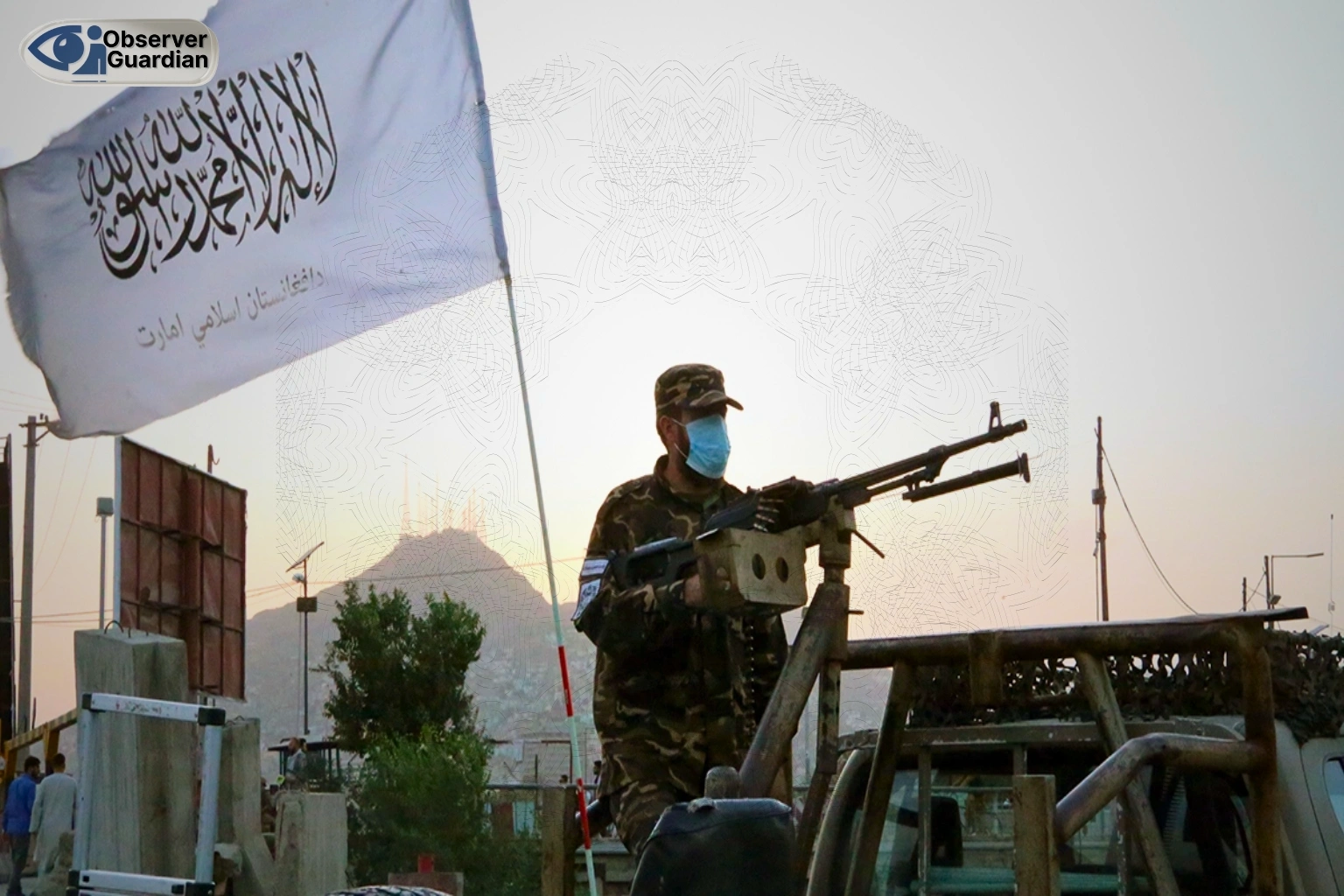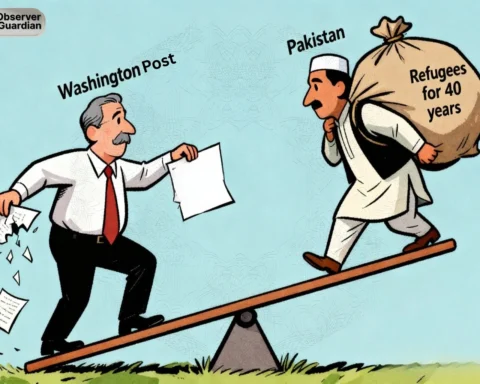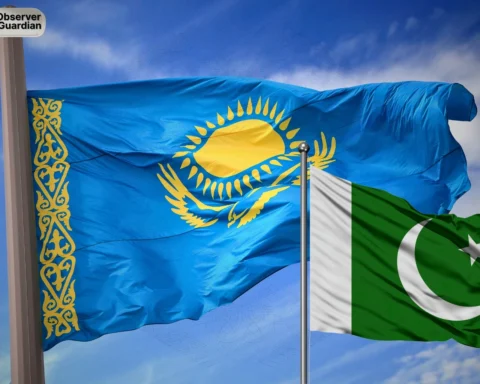Millions of Afghans are being sent back from Pakistan and Iran this year, and it’s creating a storm that Afghanistan might not be able to weather. The United Nations says more than a million people have already crossed back, and with both neighbors tightening their borders, the number could reach several million by the end of the year. Most of them are kids or teenagers, which only adds to the pressure on a country already buckling under hunger, poverty, and limited services.
The fear isn’t just about humanitarian strain. Security analysts point out that this mass return creates fertile ground for extremist groups. Afghanistan’s economy is basically in ruins, and jobs are scarce. If young men can’t find work or a sense of purpose, groups like ISIS-Khorasan step in and offer money, identity, and a cause. It’s not hard to see the appeal when your other options are hunger and neglect.
The Taliban doesn’t help matters. Their grip on power is shaky outside of big cities, and they’ve been accused of mistreating returnees including arrests, torture, and threats especially those tied to the old government or minority communities. That kind of abuse feeds resentment, which is exactly what militant recruiters look for. And because the Taliban already has a complicated history with groups like al-Qaeda, Afghanistan is not exactly starting from a clean slate.
Experts worry that the sudden influx of so many displaced people, with no clear reintegration plan, could overwhelm local communities. Families coming back often end up in camps or informal settlements. If they’re treated with suspicion, or if resources dry up, that social isolation becomes another crack extremists can wedge themselves into.
What makes this moment especially fragile is the lack of international support. Aid to Afghanistan has dropped, and donor fatigue is real. Neighboring countries are pushing people out but offering little in the way of follow-up. So, millions of Afghans are essentially falling through the cracks, and groups like ISIS-K are ready to scoop them up.
That said, it’s not a done deal that Afghanistan will spiral deeper into violence. Some UN officials stress that if returnees especially the young are given a path to reintegration, education, and jobs, the worst can be avoided. But that requires money, coordination, and political will, none of which are in good supply right now.
In short, the return of Afghans isn’t just a refugee story. It’s a test of whether Afghanistan and its neighbors can prevent desperation from turning into radicalization. Right now, the outlook doesn’t inspire much confidence.







